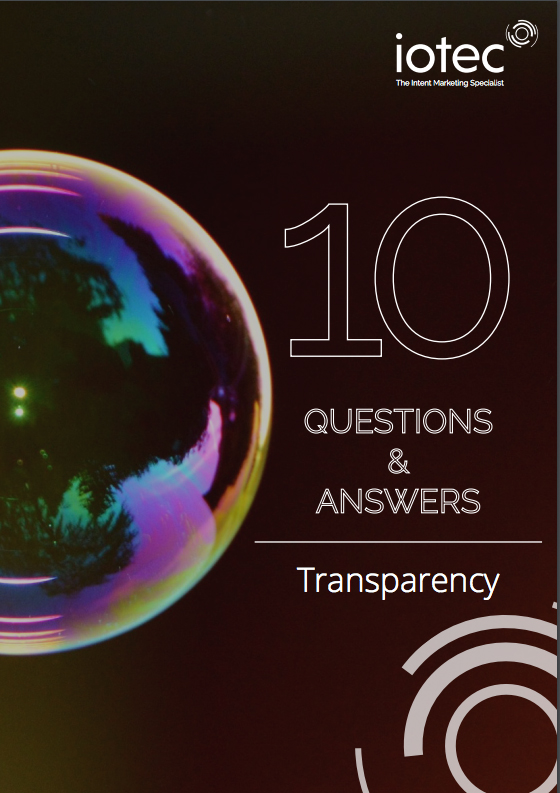Fake news, fake publishers, fake ads. There’s a lot of ‘fake’ about . . . but it’s nothing new in the world of commerce and particularly digital commerce. What can brands do to prevent ad fraud? Here are five simple tips on how to keep well ahead of those fraudsters who seek to profit from your loss:
Ad fraud has become a massive global issue in the first half of 2017 and could cost up to $16.4bn this year, according to WARC findings commissioned by The&Partnership and m/SIX from Adloox.
One thing is clear – ad fraud remains a problem, despite industry efforts to circumvent the issue. Criminals continue to exploit the system’s weaknesses by setting themselves up as fake publishers and creating fake news with the aim of generating ad spend for ads that will never be viewed by real people.
Ad fraud is nothing new – it’s been around as long as digital advertising. But with the booming growth of online advertising, the problem has escalated quickly and drastically, meaning that many brands end up falling victim to fraudsters.
Outsmarting ad fraud
There is some good news though. There are plenty of things brands and advertisers can do to outsmart the fraudsters and protect themselves from lost ad spend. Below, I’ve outlined 5 practical steps the industry can take to circumvent ad fraud.
1. Ask the tough questions, a lot

Check out the list iotec has made for brands to ensure they are asking the most effective questions of agencies and ad vendors to circumvent potential ad fraud.
The best way to protect your brand is to be as informed as possible. This means asking your agency and tech vendors questions – a lot of them. This can be daunting. Many people don’t know what to ask or what answers they should look for. We’ve come up with a list of 10 questions brands should aim at asking their agency or tech vendor to guide them in getting the correct information before making a decision. This provides a useful overview and is a good starting point for brands when it comes to knowing what to be aware of and what service to expect from your tech provider.
Once you get comfortable with asking a lot of questions, don’t be afraid to ask tougher, more complex questions to your agencies or tech providers. The industry has begun pursuing ad fraud aggressively and there is a ream of information available on prevention methods. You need to be sure that your suppliers are addressing the issue at a standard equal to or beyond the rest of the industry.
Be specific with your questions – know what information you want and keep asking until you get an answer. Remember, agencies and vendors are working for you and should take the time to answer questions accordingly and provide you with with accurate responses.
2. Push for verification
Until recently, brands were able to place ads across any website of their choosing through ad exchanges, regardless of content. This lack of control gave rise to third-party ad verification vendors such as Integral Ad Science, Moat, DoubleVerify and Adloox. These companies run pre-bid filtering on inventory where brands plan to place ads, and make recommendations on the quality and appropriateness of placement.
These vendors have become an invaluable resource that no brands or agencies should work without. When speaking to your agency or tech vendor, insist that they use tools like this to screen and filter before making any bids. This small extra step could save you a big headache later.
3. Look for industry approved partners
Who sets digital advertising’s industry standards? In the UK, we have JICWEBS, the joint industry committee for web standards. JICWEBS is currently auditing ad tech platforms to ensure compliance and client protection. They’ve begun accreditation but this will be a long, ongoing process as they evaluate the growing list of ad tech partners on the market.
Brands should begin to choose their suppliers from this ever growing list of vetted partners, or at the very least use JICWEBS’ Good Practice Guide to insure against risk of exposure to fraud.
4. Remember that viewability doesn’t mean protection
Ad fraud bots are made to do one thing: behave like real users. This means they’re capable of manipulating scripts within ads that measure viewability. Machine learning is improving at drastic rates, but simpler forms can still be tricked by these smart bots.
Good platforms will offer ad fraud protection directly, as YouTube has begun doing after recent scandals. Brands should look for platforms with their own ad fraud / brand safety policies, as it means that known bots have been blacklisted and exposure to risk is minimal.
5. Remain alert
Protecting your brand from ad fraud will be a constant process that needs to be reviewed and revisited. While you can make good choices and decisions to minimise risk, there is always the chance of exposure and you should always be aware of this fact.
Your best chance to avoid ad fraud is to constantly monitor and examine your ad placements. Keep your agency and ad tech vendors working for you by communicating your needs clearly and frequently to make sure they’re on top of their game.
Read also:
How businesses can protect their brands from online fraud
Europe: who’s watching the ads? Lifting the veil on ads viewability







Leave your thoughts